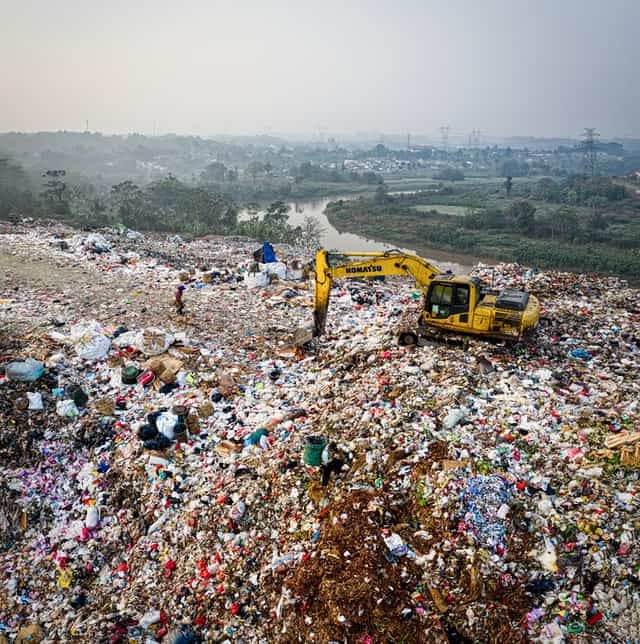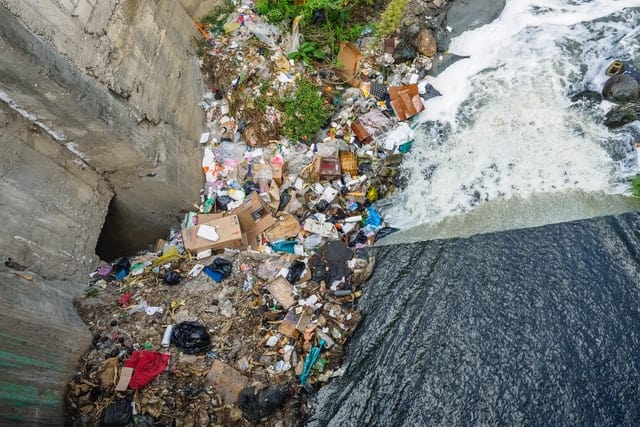Organic Remediation
Algae-based composites as environmental remediation technologies capable of safely removing toxic substances from the environment
The global environmental pollution problem has increased the demand for effective remediation technologies. This is because increasing levels of environmental pollution affect humans and their ecosystem. Some of these pollutants are carcinogenic and cause hormone disruptions, while others damage plants and animals. Acid rain, for example, is a major cause of ecosystem destruction, damaging trees, and other ecosystem layers. To address this problem, many governments have instituted environmental protection and restoration policies. Environmental remediation technologies are becoming more common, with various types of pollution being addressed.

What are environmental remediation technologies?
Environmental remediation technologies are technologies that deal with the removal of pollutants or contaminants from the environment such as soil, groundwater, sediment, or surface water for the protection of human health and the environment, or possibly from a brownfield site. Remediation plans are prohibitively expensive, labor intensive and/or marginally effective. Unfortunately, most of the time there are no good alternatives. As a result, new remediation technologies are desirable.
Remediation technologies can be classified as either in-situ or ex-situ. In situ remediation involves the use of various tools, devices, and processes in a specific site to reduce the amount of contamination. Bioremediation is another type of environmental remediation. This technique involves modifying the local environment so that organisms in the environment can degrade the pollutants in the soil. It involves the use of green plants, biochemicals, and organisms to reduce contamination. This process is cost-effective and can reduce environmental risks.
The global market for environmental remediation technologies was valued at $65.2 billion in 2016 and is projected to reach $82.7 billion by 2022. The market is expected to grow at a 4.0% CAGR during the period 2017-2022. Remediation technologies are used to remove contaminants from soils, groundwater, and surface water. They are applied to various sites, including oil and gas facilities and waste sites.

Algae-based composites as a new remediation technology
Remediation technology advances continue to be a critical part of addressing contamination and the need for improved groundwater management are critical to meet government standards. These technologies can improve the quality of groundwater, improve the flow of contaminants from sites to surrounding waterways, and protect the environment. Zero Thermal™ (ZT) is an organic polymer and technology derived from algae media. The ZT Polymers are derived from extracts of brown seaweeds, red and green algae that are mainly polysaccharides, phlorotannin’s, proteins and nucleic acids. Zero Thermal™ has many industrial uses which include water and soil remediation applications, agriculture, aquaculture, poultry agriculture, aquaculture, aquaculture, poultry, mining, petroleum, and water-based and water-based ecological protective coatings. Zero Thermal products can be used to eliminate the need for sodium cyanide, mercury, and lime in the need for sodium cyanide, mercury and lime in mining separation and flotation. separation and flotation. More importantly, impacting the loss of human lives, as well as impacting the cost of the controlled logistics of these raw materials and products for this specific industry. These products are derived from a patented seaweed-based technology and have and have been tested in mining with very positive and responsive results.
